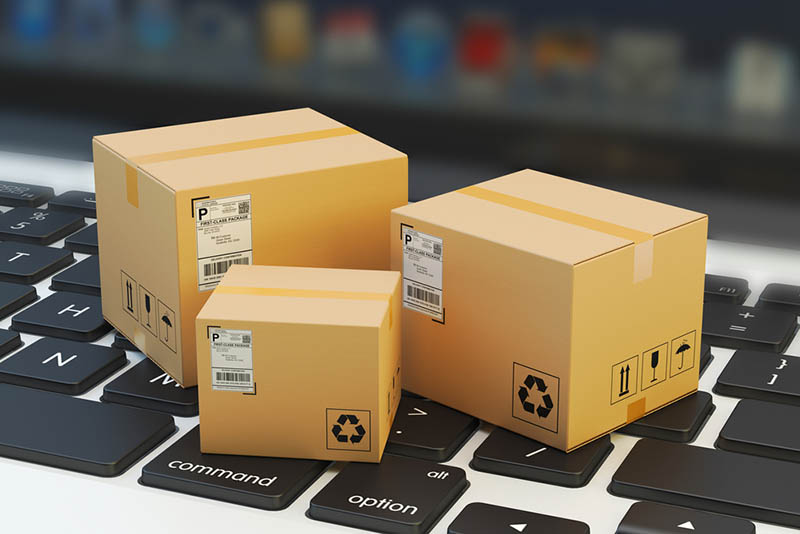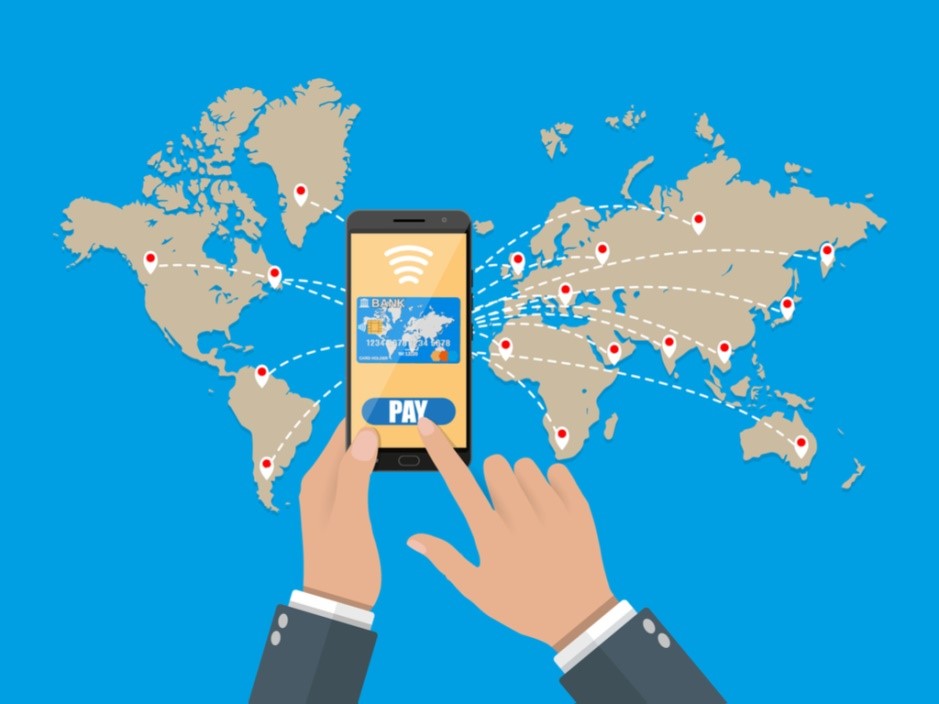PayTabs Eid Campaign

PayTabs EID Campaign – The Perfect Platform for Success for Online Merchants
The end of Ramadan is marked by Eid al-Fitr, which is a very significant religious holiday for Muslims all over the world. This is the day when special Eid prayers are offered, Zakat-al-fitr charity is observed, and lovely gifts are exchanged between relatives and friends. So, shopping for oneself and others on this holiest of days is a joyful experience, which PayTabs intends to heighten further with their EID Campaign. And it brings great news for online merchants especially!
What is the campaign all about?
The PayTabs EID campaign is an online campaign that will promote merchants who use PayTabs as their payment gateway. The campaign will be conducted on social media channels to feature both online merchant brands and their products, which will help bring in more buyers and boost these online businesses.
PayTabs believes in empowering small and medium businesses to reach “never before” heights of success. Hence, through this campaign, they wish to encourage customers to shop for EID gifts from those online merchants who use PayTabs. Merchants who offer a wide array of sweets, clothing, electronics and home-ware will be promoted.
Participating merchants include
SouqproS is one of the participating online merchants that offer a wide array of automotive accessories, and electronic items like camera sensors, PlayStation controllers, virtual games, and gaming consoles etc. Prepaid cards for gaming are also offered at various prices by this brand. Shoppers can also pick up fashion items like funky t-shirts. This e-store promises fast delivery and offers different payment options, thanks to its collaboration with PayTabs.
Tee Arabia is another popular online merchant that will be participating in this EID Campaign. It offers customized t-shirts, hoodies and sweaters, with your favorite colors and prints. From floral to vintage to quirky prints, you can pick from a wide variety of designs. The brand has a Design Lab where you can specify what you need. It also offers free shipping and caters to group orders and school or corporate orders as well. How cool is that?
Nuun is another participating brand that you should consider buying from if you are looking to gift luxurious watches to someone special. These timepieces combine Spanish charm and Arabian culture and are affordable yet stunning. Inspired by the Kingdom of Bahrain, Nuun watches come in 5 elegant designs, feature exotic bezels, and are made of light polycarbonate for daily use. You can wear them to office, parties or even sport events. If you are an online shopper, you should make the most of PayTabs EID Campaign to come across such great brands!
Lalabella specializes in events, signature floral arrangements and decadent sweet and salty delights. Customers can choose their favorite selection of chocolates or salty treats in one of their ready-to-go trays or towers, especially designed for Eid. Customers can even assemble their own trays, plate, or box with your favorite selection to match their taste. Their floral services include: Hand-tied arrangements, Vase arrangements and Table flower arrangements designed to make your celebration all the more festive.
Where should you shop online from this Eid?
If you are shopping for gifts online this Eid, choose the merchants being promoted by the PayTabs EID Campaign. They offer a wide variety of wonderful products that will make your loved ones feel special. From watches and fashion apparel to virtual games, homeware and cookware, you will be spoilt for choices. Plus, paying for these items will be super easy as PayTabs is the payment gateway for them. It is fast, secure and efficient too. All your card and transaction information will be secure when you pay through PayTabs, which will protect you from online frauds.
PayTabs also offers multiple payment options like Visa, MasterCard, Union Pay, Alipay, Sadad and so on, which makes your shopping experience all the more convenient. You can pay through cards or use online wallets to pay for the items you purchase. So, this EID, do more than just shop for yourself and your family. Encourage small and medium businesses which have great potential through PayTabs, and get hold of all the stylish and useful products you need simultaneously.



